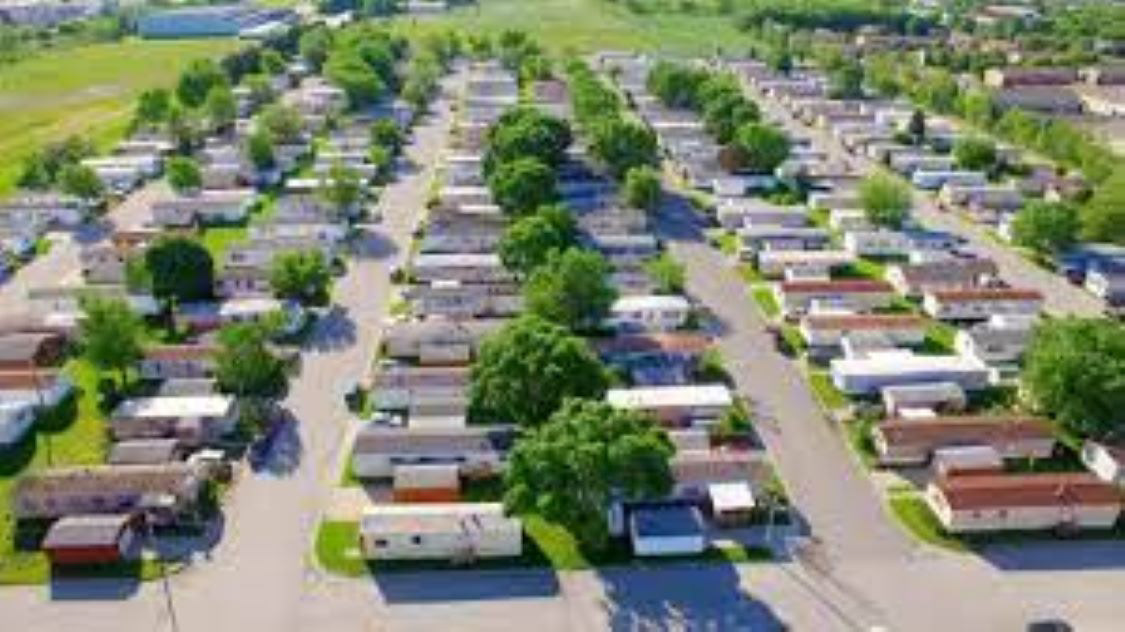Rusty Tweed: What You Need to Know About Manufactured Homes

Rusty Tweed explains what a manufactured home is and its benefits
What is a manufactured home?
Rusty Tweed says that a manufactured home is built in a factory and then transported to the final site. At the home site, the building firm will assemble the manufactured home within a short time. He adds that companies that manufacture homes must follow the Housing and Urban Development (HUD) guidelines to ensure the homes are up to standard.
What are modular homes?
Rusty Tweed explains that a modular home is a sub-group of manufactured homes. Construction companies also build these homes on temporary or permanent chassis, following state and local building regulations. However, the main group of manufactured homes follows federal codes.
Mobile homes vs. manufactured homes
According to Rusty Tweed, mobile homes are manufactured homes constructed before June 15, 1976. But HUD no longer considers these buildings as standard homes.
Pros of Investing in Manufactured Home Parks
Here are the benefits of manufactured homes, according to Rusty Tweed.
Manufactured homes have higher occupancy rates.
As Rusty Tweed observes, tenancy occupancy rates for manufactured homes are higher than multifamily investment properties, for example, apartment buildings. Tenants prefer manufactured housing because of affordable costs and closeness to their places of work in metro areas.
Minimal risks
Rusty Tweed adds that there is little risk in manufactured housing investment because you can have multiple units, spreading risks across your portfolio. This means that if you have a problem tenant, you can cover the loss of revenue through other occupied units under your management.
Higher capitalization rates
Rusty Tweed says that when you build manufactured homes in a quality park, they can produce a high capitalization rate between 7-12%. The cap rate equals the expected net income divided by the property value, giving a percentage. So, the cap rate is the return an investor expects to get on their real estate investment.
In addition, the cap rate helps the property investor see how long it’ll take them to recoup their investment. If a manufactured home has a cap rate of 10%, it means that it’ll recover its initial investment within 10 years.
Lower price per unit
Compared to traditional homes, manufactured homes are cheaper to buy, Rusty Tweed says. Investors in commercial real estate can build many manufactured homes at low costs, making these homes attractive to first-time investors. Investors can also buy multiple units at the same time due to the low per-unit cost. However, note that other real estate properties have the highest cost per unit, unlike manufactured homes.
As a real estate investor, Rusty Tweed has specialized in properties all his adult life. At 27 years old, he entered the rental property market by buying his first rental in Toronto, Canada, his native home.
A couple of years later, Rusty Tweed purchased another property in his hometown. In 1987, using his extra income, he relocated to Los Angeles, CA. Rusty Tweed started investing in foreclosures in Southern California, achieving over 30 real estate flips before the 90s crash happened.


